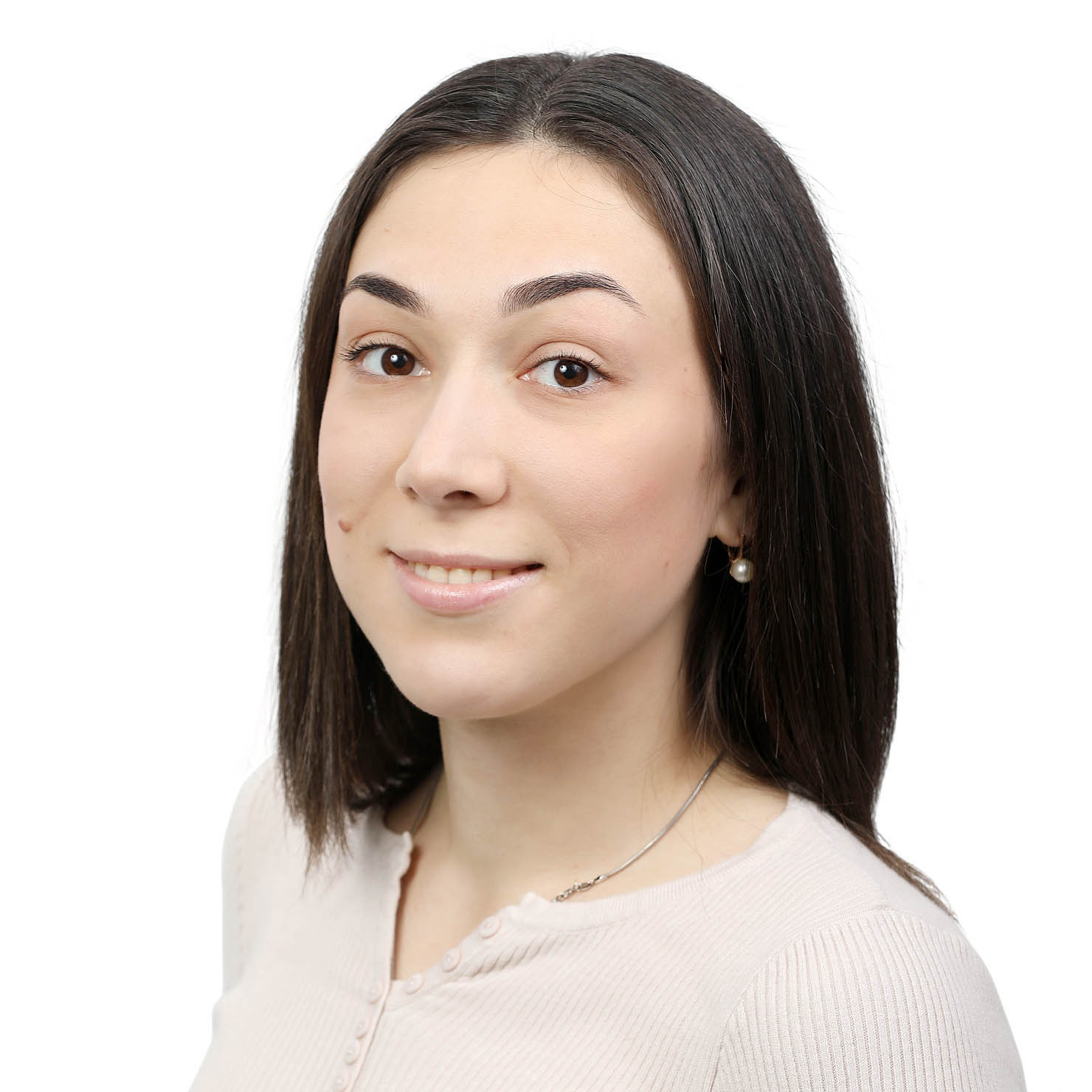Causes of development, symptoms and treatment of enthesopathy
Enthesopathy is a disease in which pathological changes can affect three structures of the human body - ligaments, tendons and joint capsules. These structures are united by two factors - they consist of connective tissue and are attached to bones. These attachment points are called enthesis in medicine, and all the pathological processes occurring in them are called enthesopathy.
Causes of enthesopathies
The causes of enthesopathies of tendons, ligaments and joint capsules are most often a person's professional activity. For example, the disease is diagnosed in dancers and runners, athletes and those who are forced to regularly experience physical stress at work. Obese people are also prone to enthesopathy.
Sometimes the disease appears as one of the symptoms of some other pathology and most often indicates progression:
- reactive or infectious arthritis;
- psoriatic or enteropathic arthritis;
- gastric ulcer disease.
Clinical picture
The main symptom of the disease is discomfort at the site of development of the pathological process - for example, a symptom of enthesopathy of the knee joint will be severe pain with a small load on it, swelling of the skin around it and redness, it becomes increasingly difficult to move the knee.
Even such a pronounced clinical picture does not make it possible to make a diagnosis after the first examination of the patient - the doctor must necessarily conduct a number of tests (blood analysis, X-ray, ultrasound, magnetic resonance imaging). It is necessary to differentiate the disease from autoimmune and systemic pathologies of the connective tissue. Diagnosis must be made in time - further progression of the disease provokes its spread: signs of enthesopathy of the thigh muscles appear when the patient loses the ability to walk independently.
Treatment of enthesopathy
The acute phase of the disease requires medication. In advance, the problem area is provided with rest - if enthesopathy of the hip joints is diagnosed, the patient is prescribed strict bed rest. Medicines can be prescribed:
- powerful painkillers, which simultaneously have an anti-inflammatory effect - Diclofenac, Nimesulide;
- local anesthetics (injected directly into the source of pain) – Novocaine, Lidocaine;
- hormonal drugs - Diprospan, Kenalog;
- chondroprotectors - glucosamine sulfate.
Medical appointments are made by the doctor after examining the patient and clarifying the diagnosis. It is necessary to take into account the general state of health of the patient.
Physiotherapy is of great importance in the treatment, which is prescribed after the elimination of acute symptoms. For example, with enthesopathy of the ischial hump, massage and physical therapy are prescribed. There is a set of recommended physical procedures:
- electrical stimulation;
- laser treatment;
- paraffin therapy;
- magnetotherapy;
- electrophoresis;
- shock wave therapy.
Doctors rarely prescribe surgical treatment of enthesopathy - for example, when the disease has already started and conservative methods do not help. Arthroscopic operations are performed, which have a number of advantages over the classic dissection of soft tissues to open access to the desired part of the body. If enthesopathy of the patellar ligament is diagnosed in an advanced form, when the patient has stopped moving in the joint and moves with the help of a cane or crutches, then the doctors will cut the ligament, remove tissues with dystrophic changes and stitch everything up again.
Surgical treatment takes a lot of time, there will be a long recovery period, and in the following years the patient will need to regularly undergo sanatorium-resort treatment and prophylaxis in hospitals.



















